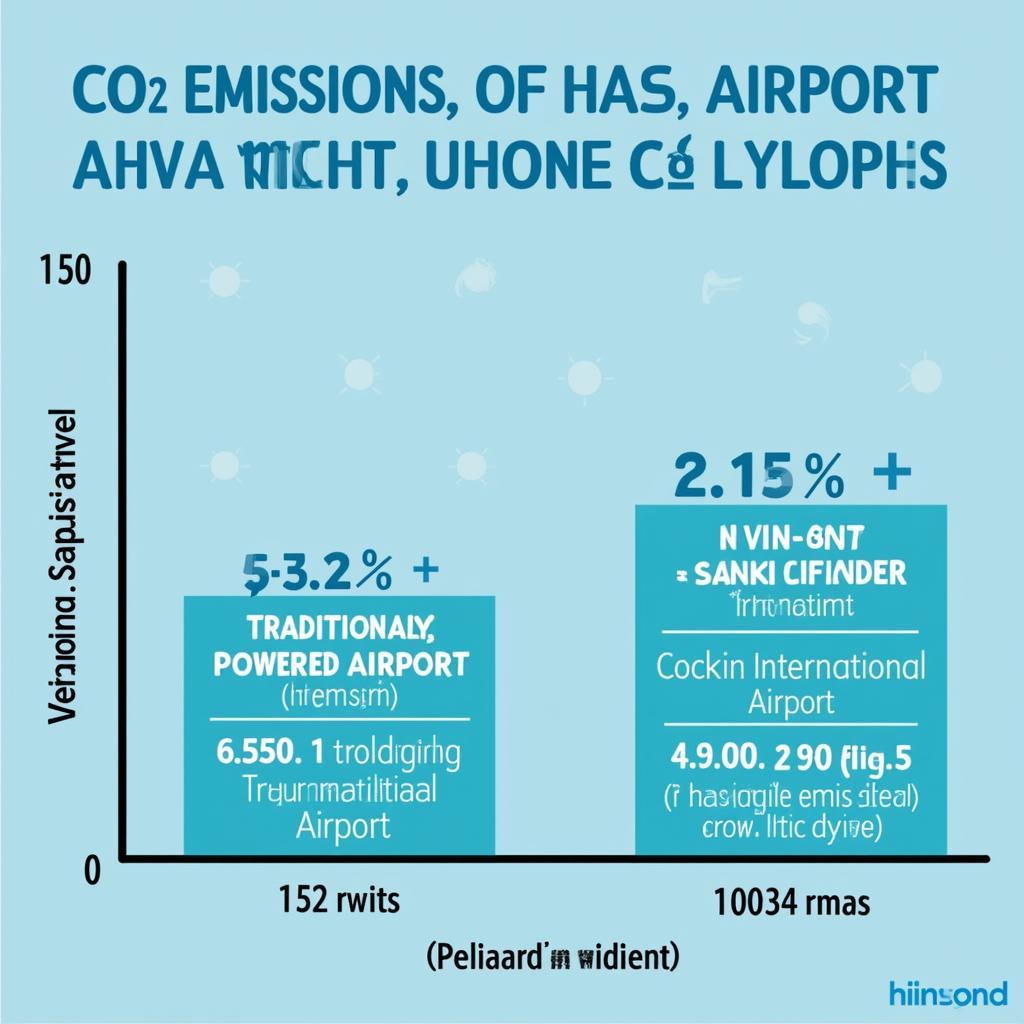Sola Airport, also known as Cochin International Airport (CIAL), stands as a beacon of innovation in the aviation industry. It’s not just an airport; it’s a testament to the power of sustainable development, being the world’s first fully solar-powered airport. This remarkable feat has not only earned CIAL global recognition but also paved the way for other airports to embrace renewable energy sources.
The Dawn of Solar Power at Cochin International Airport
Cochin International Airport’s journey towards becoming a world’s first solar powered airport began with a vision to reduce its carbon footprint and operate in an environmentally responsible manner. The airport, located in Kerala, India, recognized the abundance of sunlight in the region and decided to harness this resource to power its operations. The initial phase of the solar project involved installing panels atop the airport’s arrival terminal. This pilot project proved successful, leading to further expansion and eventually achieving the milestone of becoming completely solar-powered.
How Does Sola Airport Generate and Manage its Energy?
Sola Airport’s solar power system comprises a network of photovoltaic panels strategically placed across the airport grounds. These panels capture sunlight and convert it into electricity, which is then used to power the entire airport. The system is designed to generate more energy than the airport consumes, with the surplus fed into the local power grid. This not only ensures uninterrupted power supply but also contributes to the region’s overall energy sustainability. The airport has a dedicated team that monitors and manages the solar power system, ensuring optimal performance and efficient energy distribution. Furthermore, CIAL continues to explore and implement innovative solutions to enhance its energy efficiency and reduce its environmental impact.
What are the Benefits of a Solar-Powered Airport?
The benefits of Sola Airport’s commitment to solar energy are multifaceted. Firstly, it significantly reduces the airport’s reliance on traditional fossil fuels, contributing to a cleaner environment and mitigating the impact of climate change. Secondly, the solar power system provides cost savings on electricity bills, allowing the airport to allocate resources towards other development initiatives. Thirdly, CIAL’s success has inspired other airports around the world to consider and adopt renewable energy sources, fostering a global movement towards sustainable aviation.
 Sola Airport's Reduced Environmental Impact: A Visual Representation of Emissions Saved
Sola Airport's Reduced Environmental Impact: A Visual Representation of Emissions Saved
What is the Future of Solar Airports?
Sola Airport has set a precedent for the future of aviation. Its success demonstrates the feasibility and effectiveness of solar power in powering large-scale infrastructure. As the technology continues to evolve and become more affordable, it is expected that more airports will follow CIAL’s lead. This shift towards solar energy is not only environmentally responsible but also economically advantageous in the long run. The future of aviation lies in embracing sustainable practices, and Sola Airport is undoubtedly a pioneer in this transformative journey. Like the 1sr complete solar energy operated airport, other airports are now following suit.
What lessons can other airports learn from Sola Airport?
Other airports can learn valuable lessons from Sola Airport’s experience. Firstly, careful planning and execution are crucial for the successful implementation of a large-scale solar power project. Secondly, ongoing monitoring and maintenance are essential to ensure the long-term efficiency of the system. Thirdly, collaboration with local communities and stakeholders is important to garner support and address any concerns. Finally, continuous innovation and exploration of new technologies are key to maximizing the benefits of solar energy and achieving true sustainability. The first solar airport in india serves as a prime example for this.
 Sola Airport and the Future of Aviation: A Vision for Sustainable Airports Worldwide
Sola Airport and the Future of Aviation: A Vision for Sustainable Airports Worldwide
In conclusion, Sola Airport, or Cochin International Airport, stands as a symbol of innovation and sustainability in the aviation world. Its pioneering efforts in harnessing solar energy have not only reduced its environmental impact but also inspired a global movement towards greener aviation. As other airports embark on their own journeys towards sustainability, the lessons learned from CIAL will undoubtedly play a crucial role in shaping the future of flight. If you’re curious about other initiatives like kochi airport solar or striving for a 100 solar powered airport, there are numerous resources available.
FAQ:
- What is Sola Airport’s official name? Cochin International Airport (CIAL).
- Where is Sola Airport located? Kochi, Kerala, India.
- When did Sola Airport become fully solar-powered? 2015.
- What type of solar panels are used at Sola Airport? Photovoltaic panels.
- Does Sola Airport generate excess energy? Yes, the surplus is fed into the local power grid.
- What are the key benefits of Sola Airport’s solar power system? Reduced environmental impact, cost savings, and inspiration for other airports.
- What is the future of solar airports? Increased adoption of solar power by airports worldwide.
When you need support please contact Phone Number: +13089626264, Email: [email protected] Or visit: 404 Bothwell St, Oxford, NE 68967, United States. We have a 24/7 customer service team.